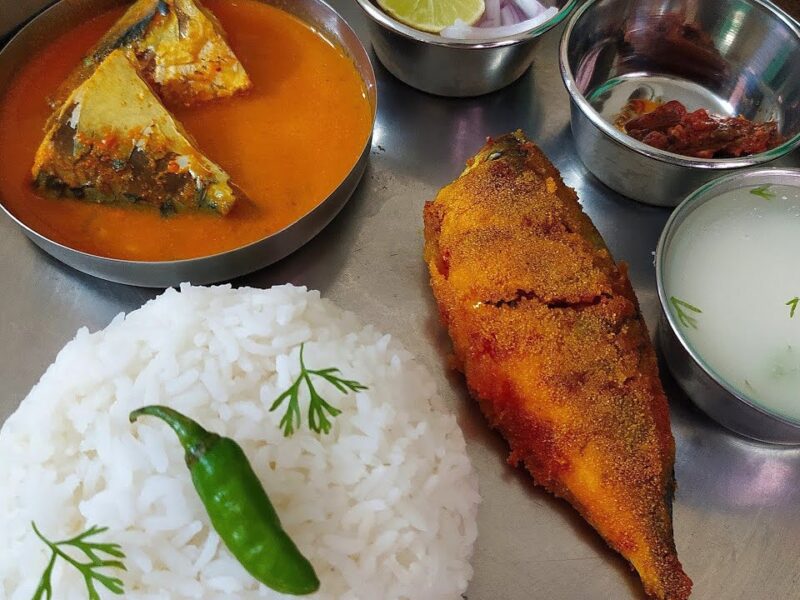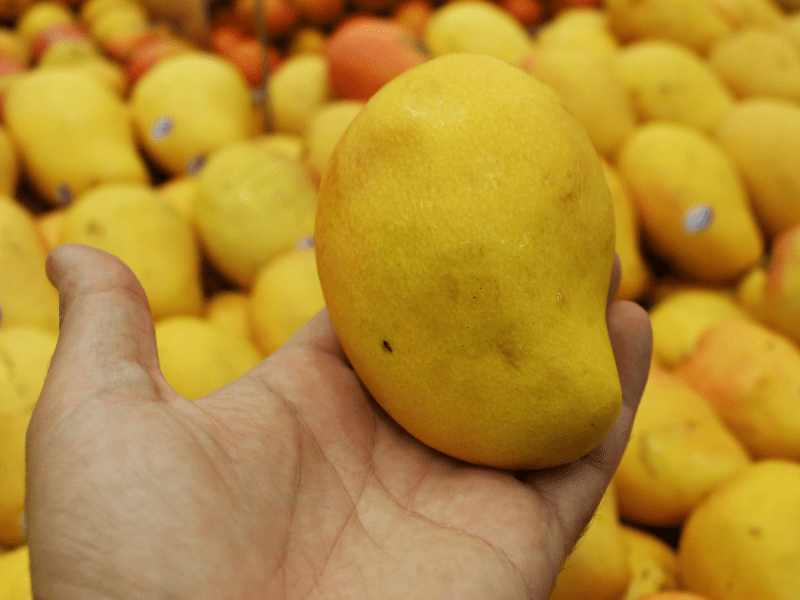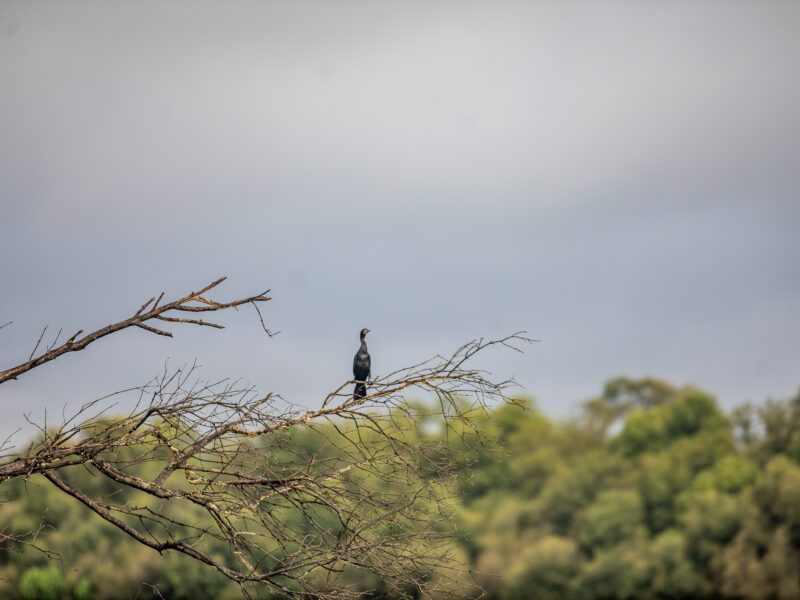Everyone’s familiar with Goa’s fish thalis and Goa’s picturesque landscapes. While you might be able to list all your favourite bars and beaches in Goa, not many know about its rich culinary heritage. Goan food isn’t limited to seafood and meat, it goes beyond. Some of Goa’s local produce is unique, so much so that some Goan products now have GI tags. These GI tags on Goan food, not only protect their uniqueness and authenticity but also promote local economies.
In this blog, we’ll delve into some of the lesser-known Goan delicacies that have earned GI tags, shedding light on their history, flavours, and importance in preserving Goan culinary traditions.
Moira Bananas:
The Moira or Myndoli banana is a long, tusk-shaped breed of banana grown in Goa’s Moira village. Locals grow it in sandy loam or clay soil and believe it has medicinal qualities. It can be eaten raw, but it is famous for the ‘Myndolya Kelyavho Shiro’, a sweet dessert made from the banana. It has fewer seeds and you can find it almost in any local Goan market.
Cashew Feni:
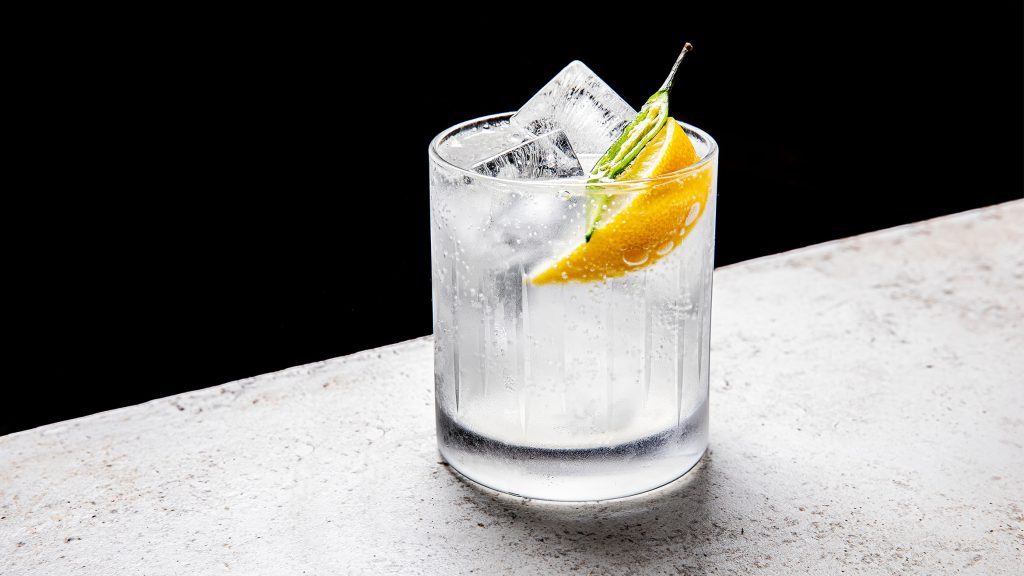
No exploration of Goan food is complete without mentioning Feni, a potent liquor made from cashew apples harvested during the summer. Every March, cashew farmers pluck cashew apples, clean them, stomp on them and then distil the fresh juice, twice. The Feni obtained has about 30-40% alcohol and tastes best in cocktails. Its mildly pungent taste makes it a unique liquor that is being sold around the world.
Bebinca:
Sometimes called the “queen of Goan desserts,” bebinca is a multi-layered pudding consisting of flour, coconut milk, sugar, and ghee. The rich, caramelized flavor that results from carefully baking each layer to perfection is just delicious. With its ancient recipe preserved and its role in Goan culinary heritage honored, this decadent delicacy has earned its GI moniker. Bebinca is available on Goan Christmas platters and in the majority of Goan bakeries.
Mankurad/Mancurad Mango:
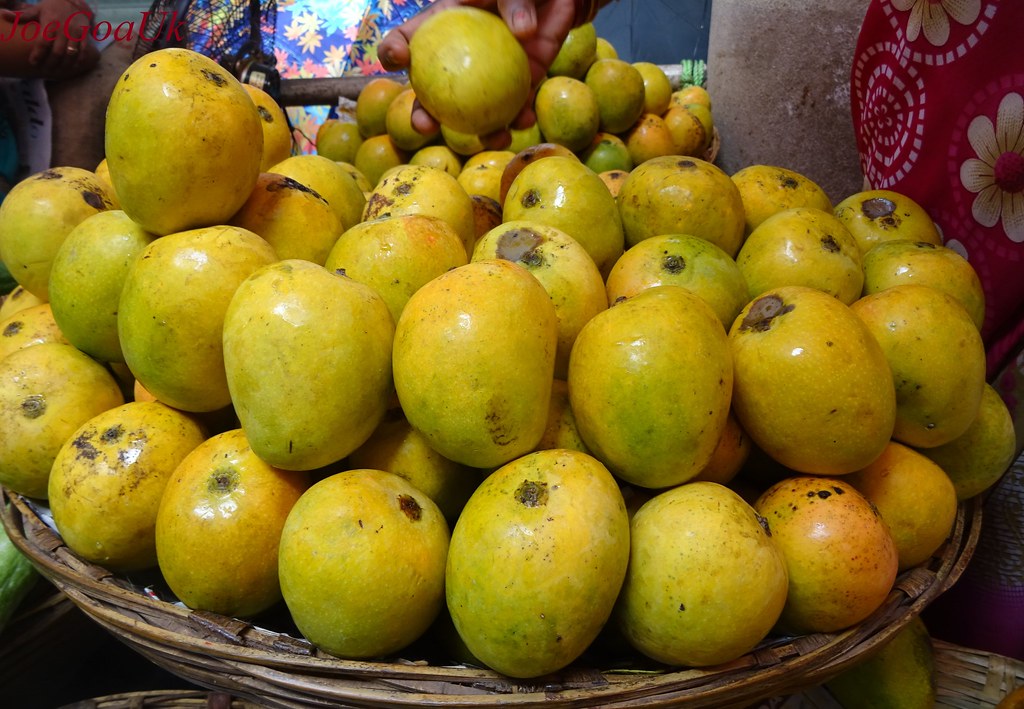
Goan mangos known for their exceptional flavor and fragrance are called Mankurad mangos. During mango season, Mankurad mangoes are highly sought-after due to their distinct combination of sweet and tart flavors. They can be somewhat expensive and have more fiber than typical mangoes. With the GI badge, Goa’s mango farming is promoted internationally and these mangoes are acknowledged for their exceptional quality and unique qualities.
Agassaim Brinjal:
Agassaim, a village in Goa, is famous for its flavorful brinjals, which have been granted a GI tag. These brinjals are prized for their tender texture and robust flavour, making them a versatile ingredient in Goan cuisine. They are thicker and longer than the average brinjals found in Goa. Whether used in curries, salads, or stir-fries, Agassaim brinjals add depth and complexity to dishes, showcasing the diversity of Goan flavours.
Kholla Chilli:
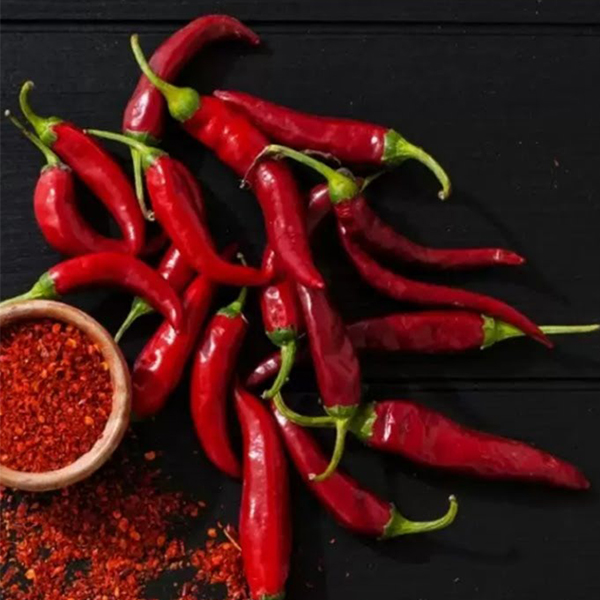
Spice up your culinary adventures with Kholla chillies, another GI-tagged gem from Goa. Sourced from Canacona, the chillies are bright red and mildly spicy, perfect for adding flavour and texture to your food. Farmers harvest them in August-September and store them as chilli powder for the rest of the year. They’re also used to make raw mango pickles, green chilli pickles, red chilli sauces, ‘Recheado’ masala, Khola chilli powder, and chilli flakes.
Harmal Chilli:
Harmal chillies, grown in the village of Harmal in North Goa, boast a unique flavour profile that sets them apart from other varieties. They’re small, dark red and pungent. Farmers harvest them in November and store some in airtight containers to plant the seeds in the next season. Locals use them in almost all Goan preparations such as fish curries, xacuti, vindaloo and more.
Cashew Nut:
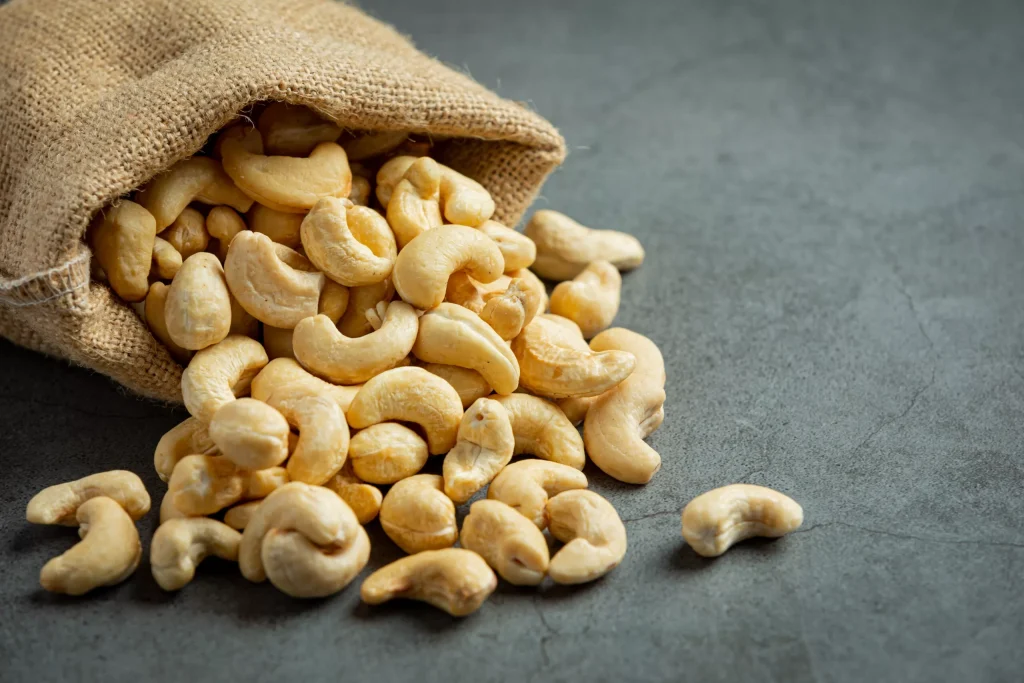
In addition to Feni, cashew nuts are another highly valued Goan product that has been designated as GI. Goan cashew nuts are very sought after in both domestic and foreign markets due to their exceptional quality and flavor. These creamy nuts, which can be eaten as a snack or added to food, are a tribute to Goa’s rich agricultural history. A GI tag on Goa’s cashew kernels can assist local farmers get recognized for their hard work and provide them with a solid means of income because cashew is a crop that is utilized widely throughout the world.
Local Ladyfinger (Saat Shiro Bheno):
The Saat Shiro Bheno, or ‘7-ridged ladyfinger’, is unique in many ways. Locals love it because it tends to grow a foot long, but does not become hard or rubbery. Farmers continue to grow it organically, to retain its rich fibrous contents.
Goan Khaje

Goan Khaje is sweet Goan sticks served at local Goan temples and church fairs (zatras). They are thick, crunchy and textured – like twigs, and found in 3 colours – orange, yellow and white. Goan khaje contains chickpea batter, jaggery, ginger and sesame sweets that give it a unique sweet and pungent flavour. Also known as kaddio-boddio, they are fried and served fresh, and uniquely found in Goa, earning them a GI tag.
These are some food items food tourists should try when in Goa. To know more about food tourism visit originaltravel.co.uk
Conclusion
As we conclude our exploration of Goan food with GI tags, it’s evident that these culinary treasures play a vital role in preserving Goan culinary traditions and promoting sustainable agriculture. So, the next time you savour a slice of Bebinca or sip on a glass of Cashew Feni, remember the rich history and cultural significance behind these iconic Goan delicacies. Cheers to the flavours of Goa preserved and celebrated through GI tags!

